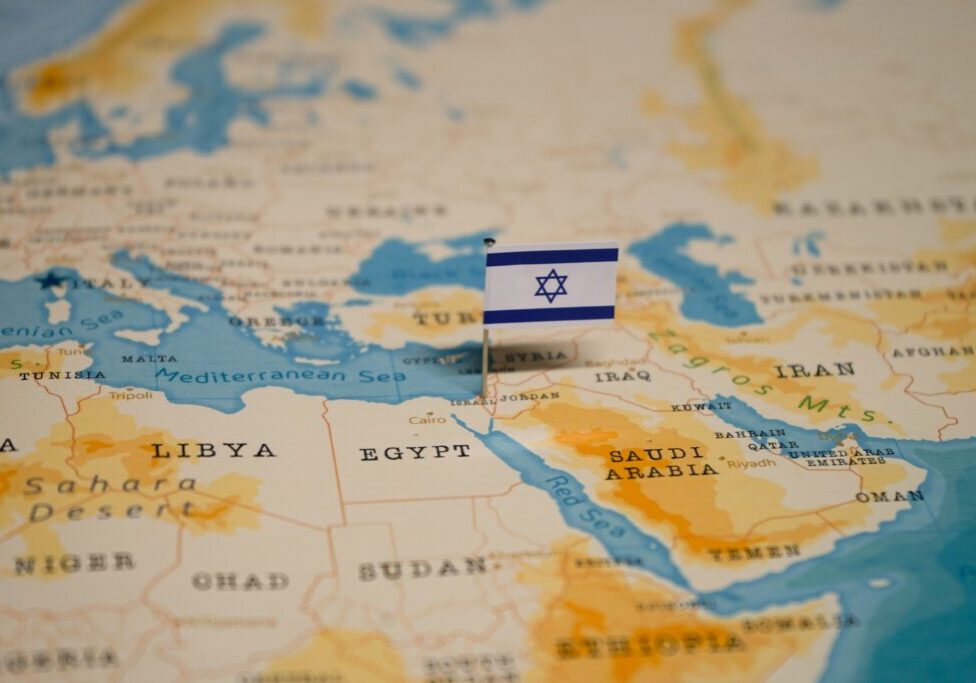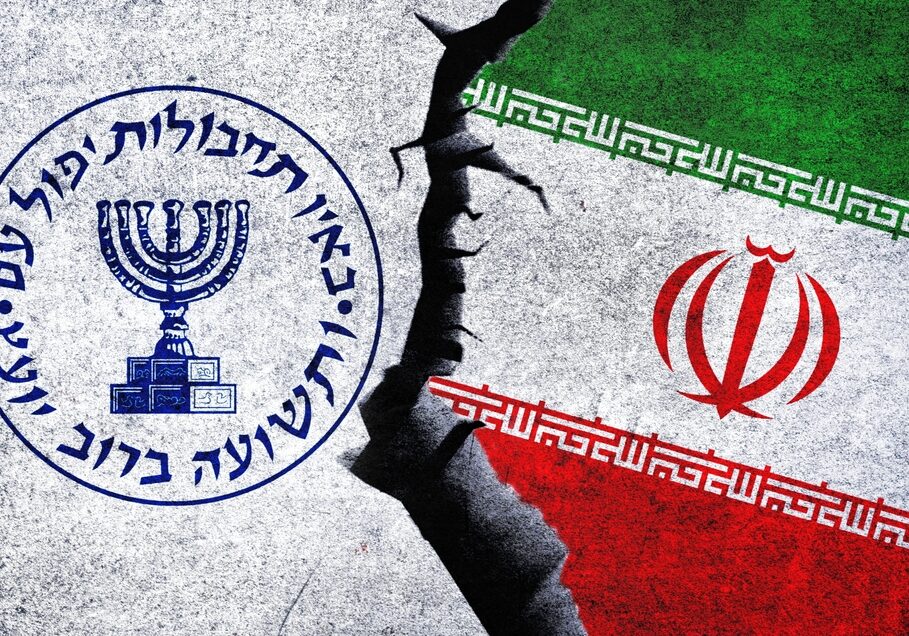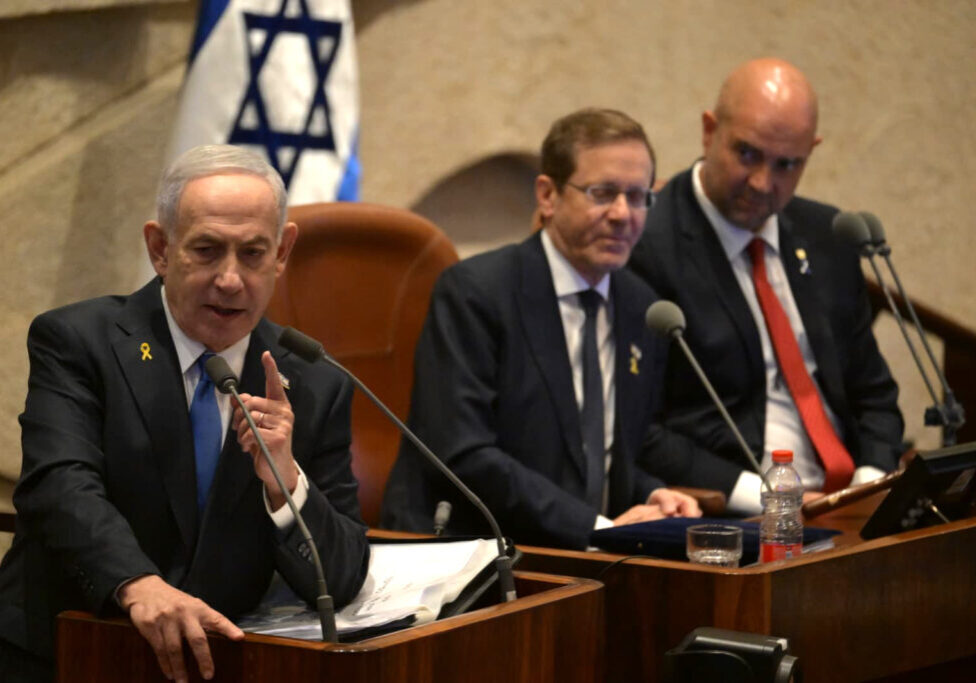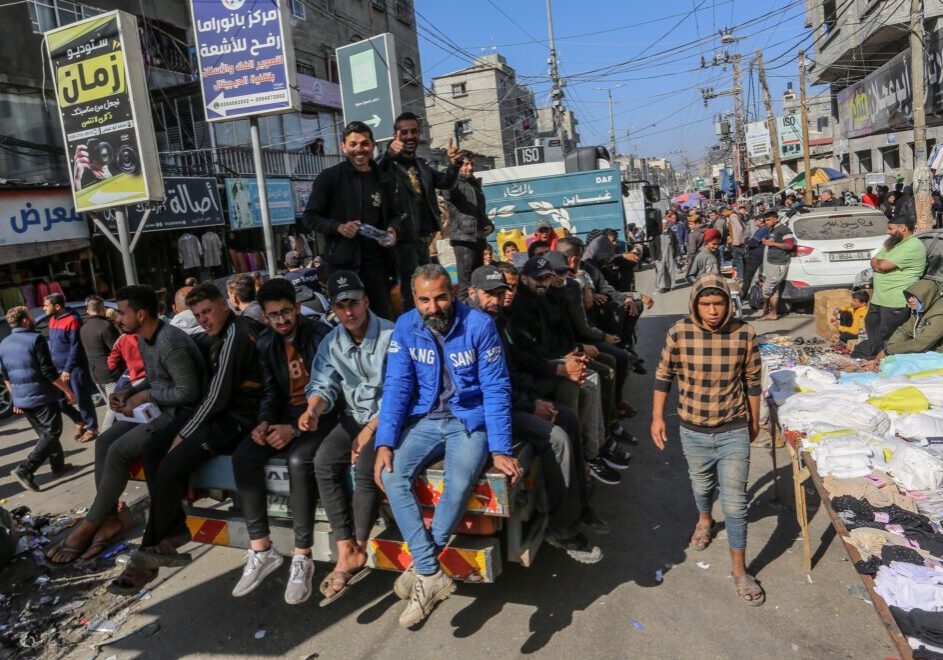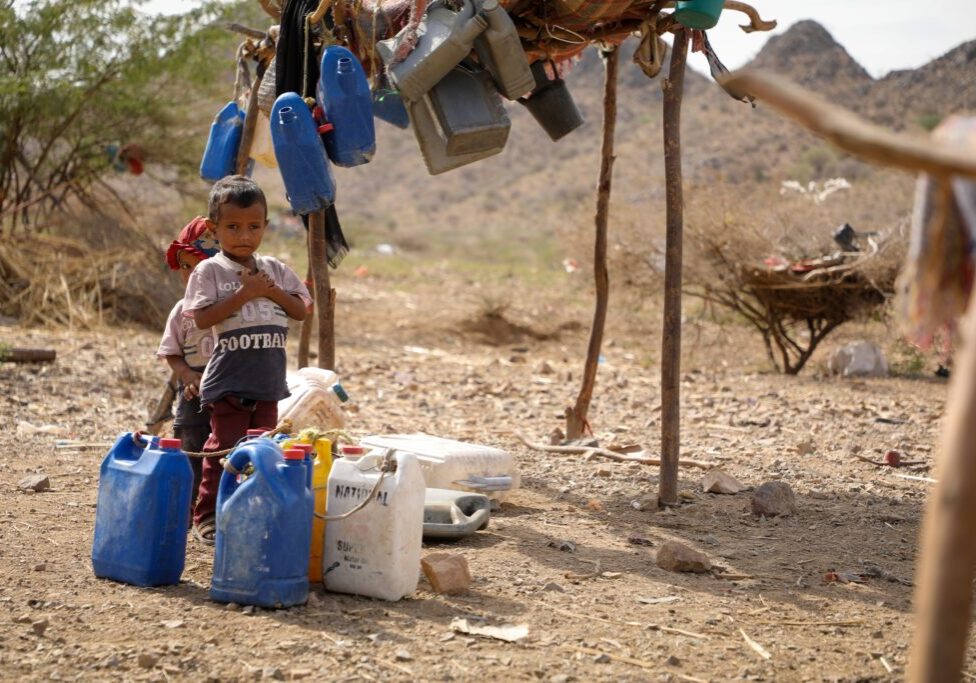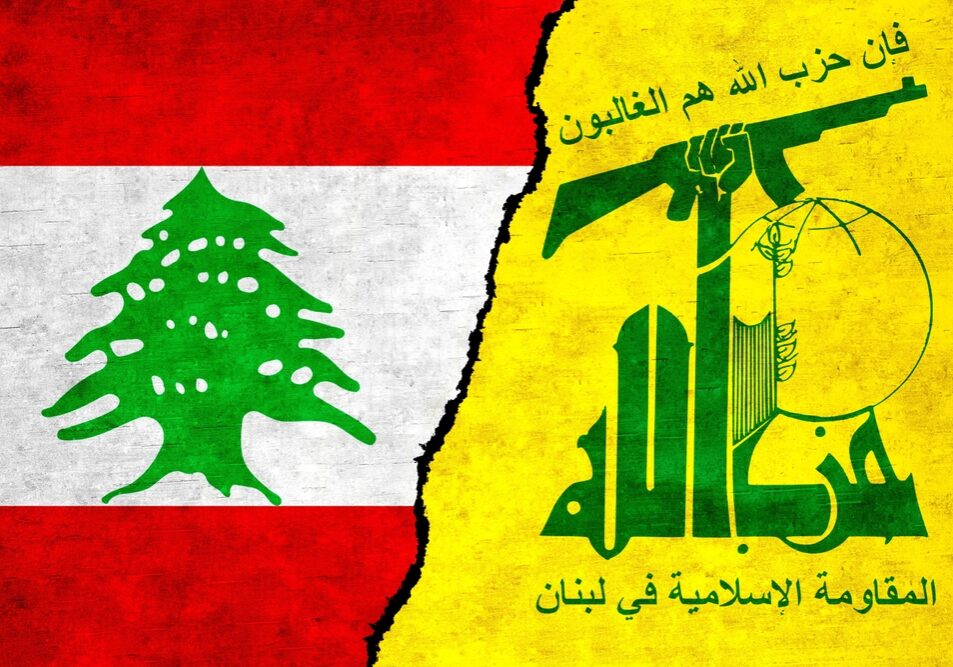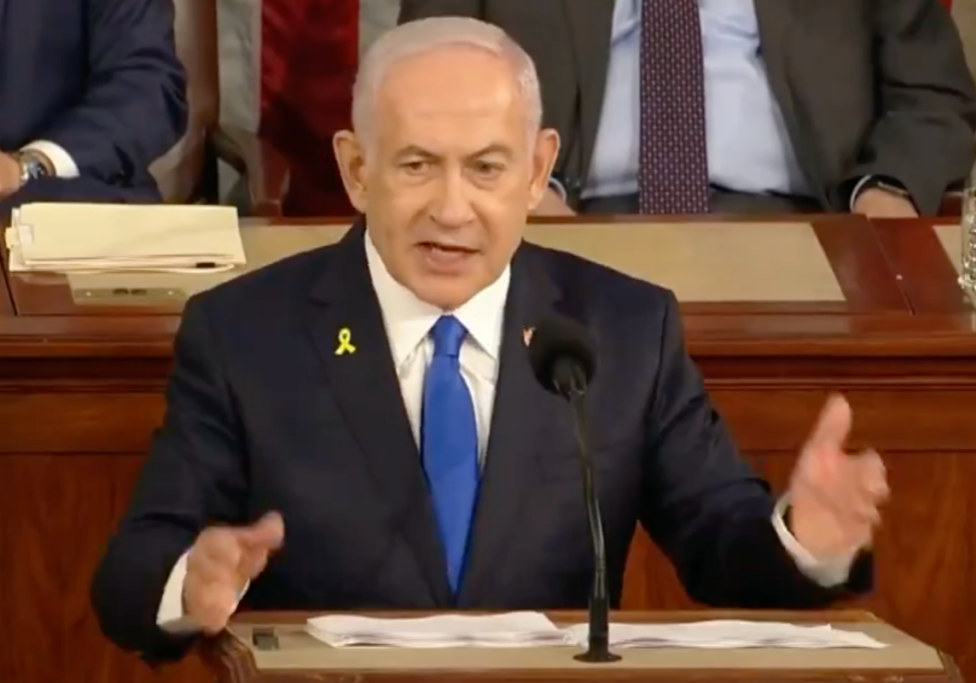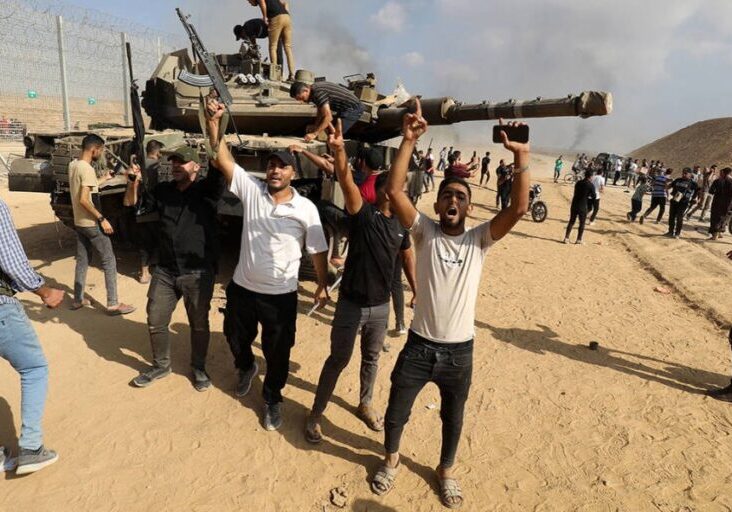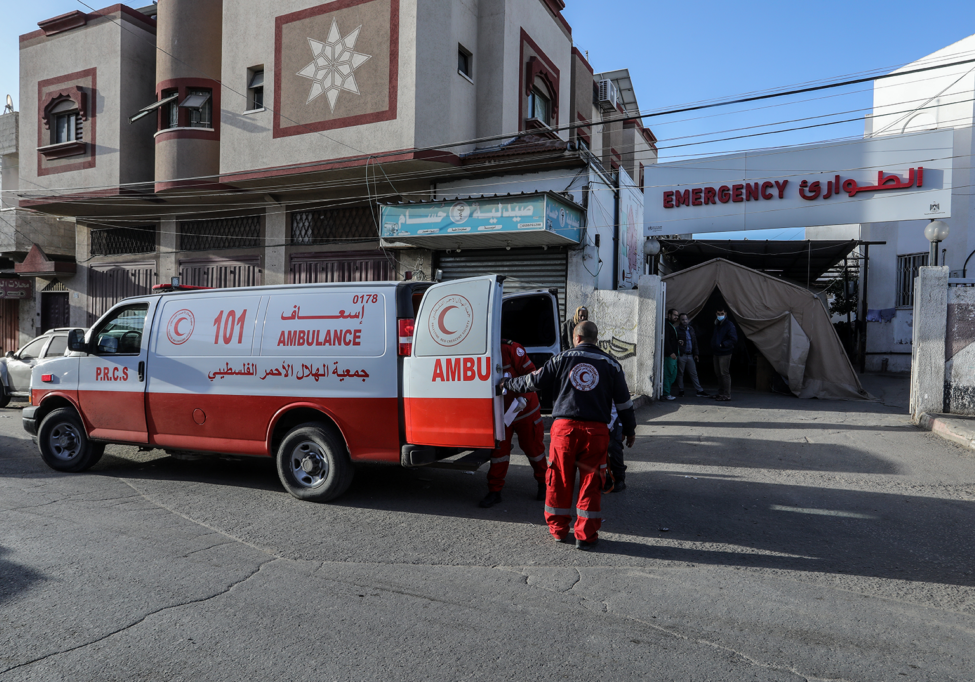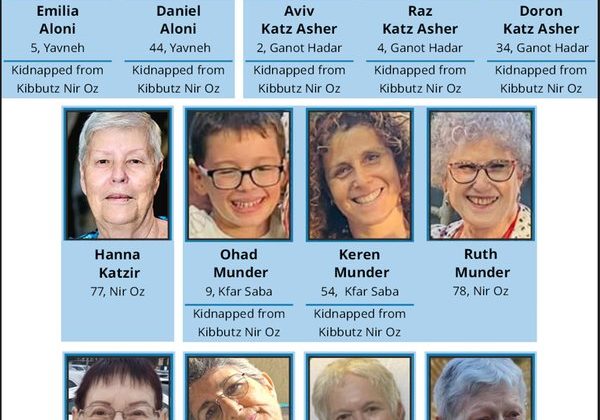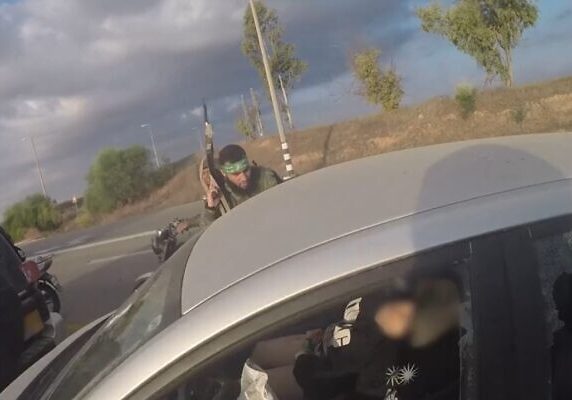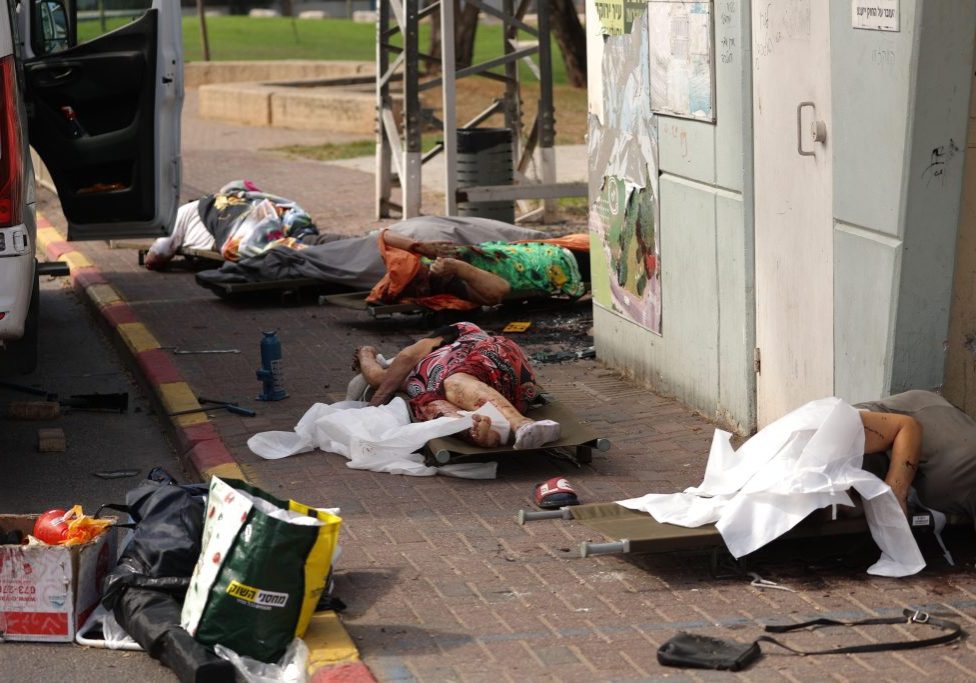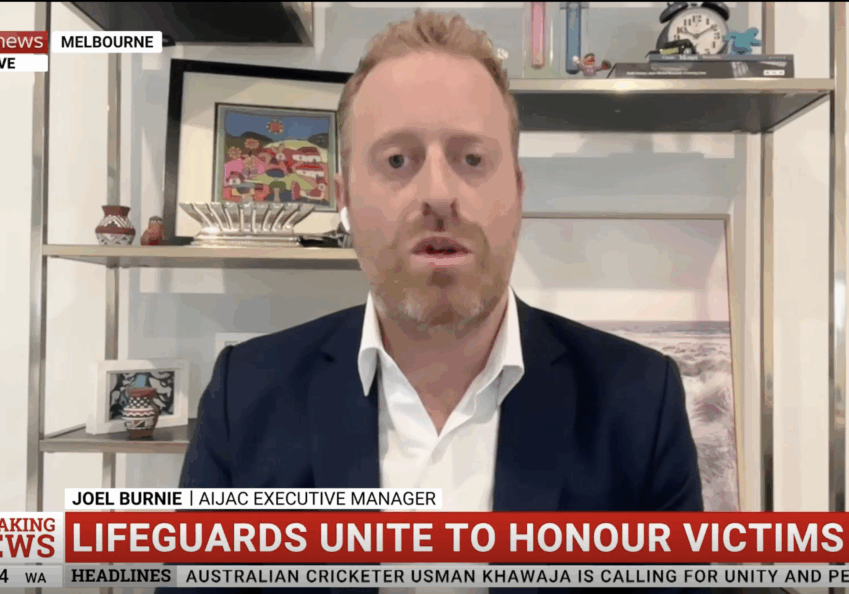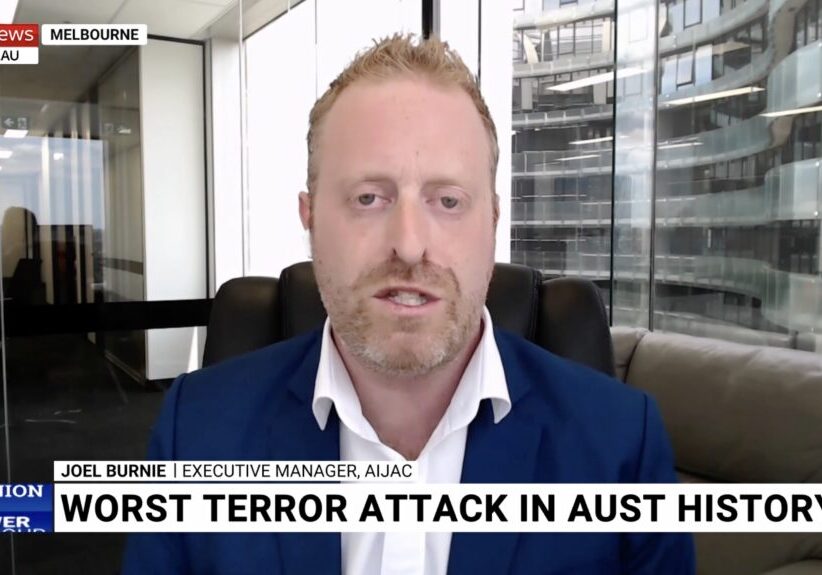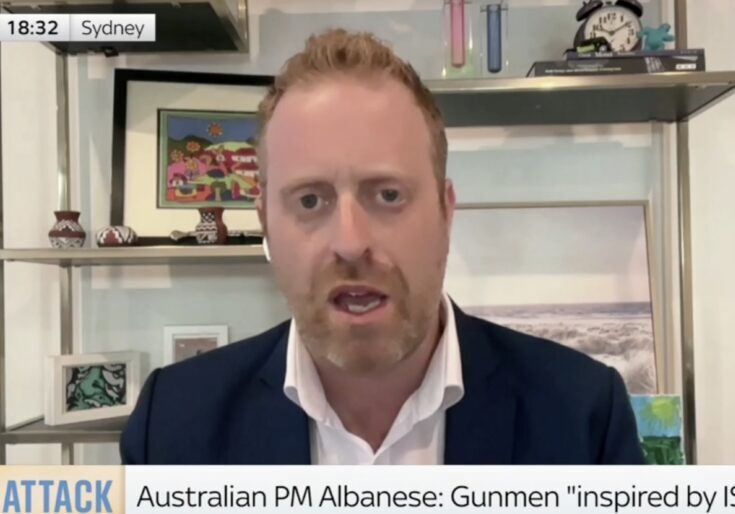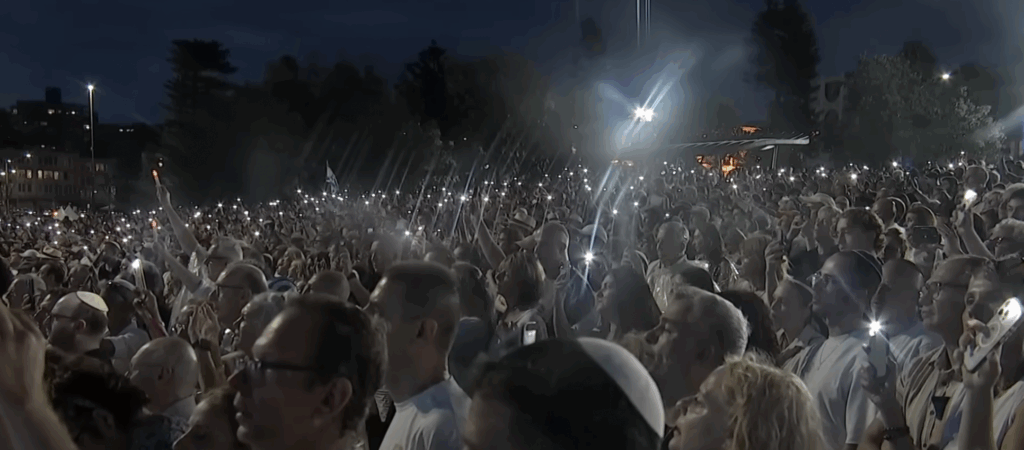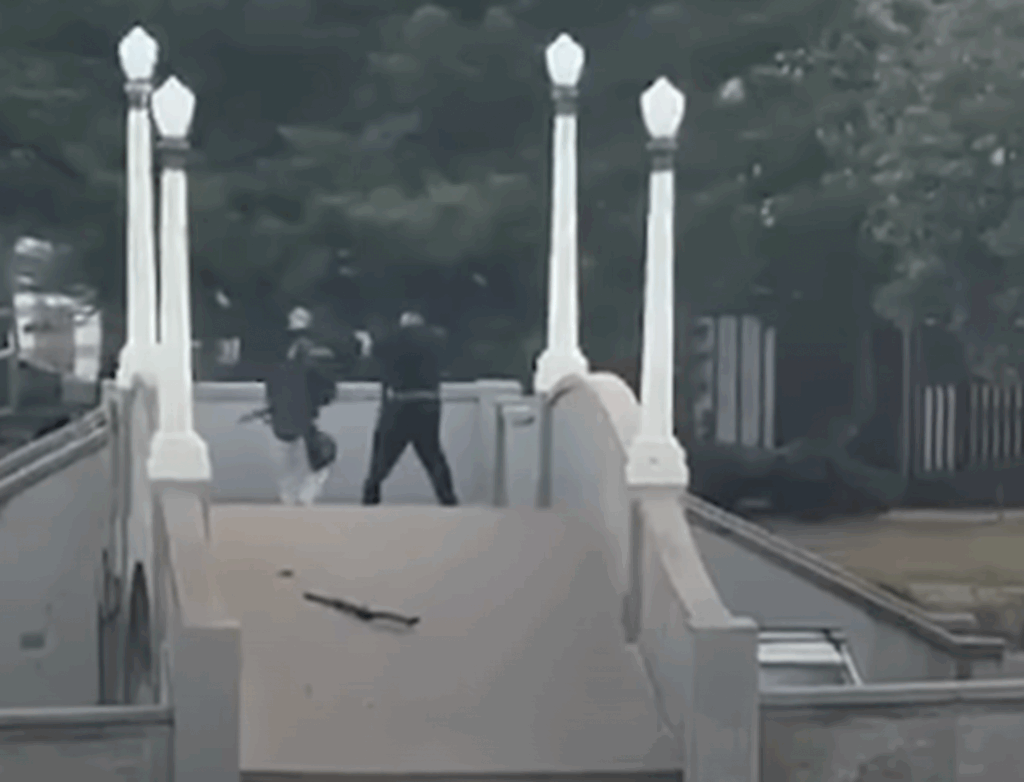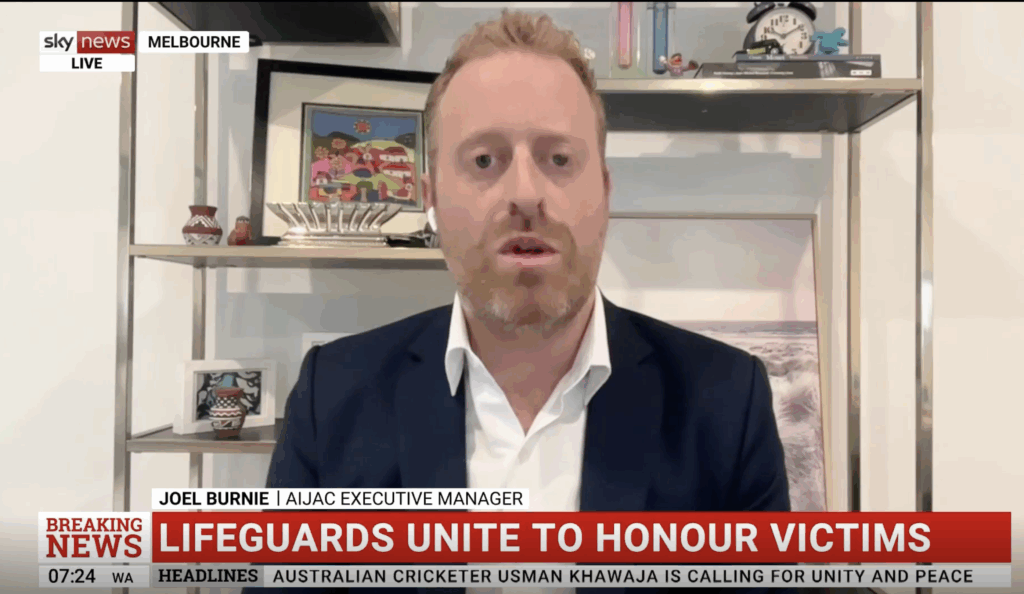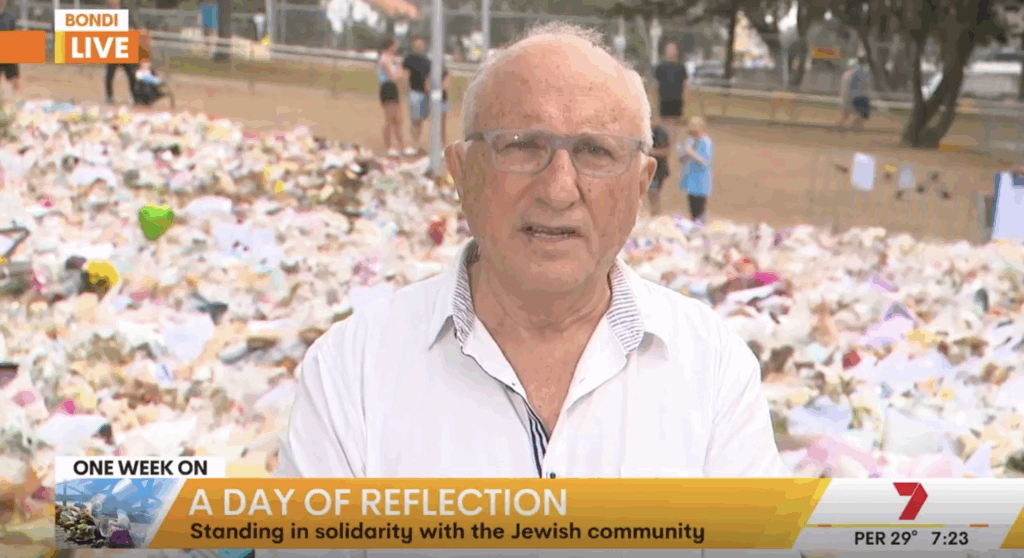FRESH AIR
Druze crisis tested Israel’s Syria strategy
July 31, 2025 | Ilan Evyatar
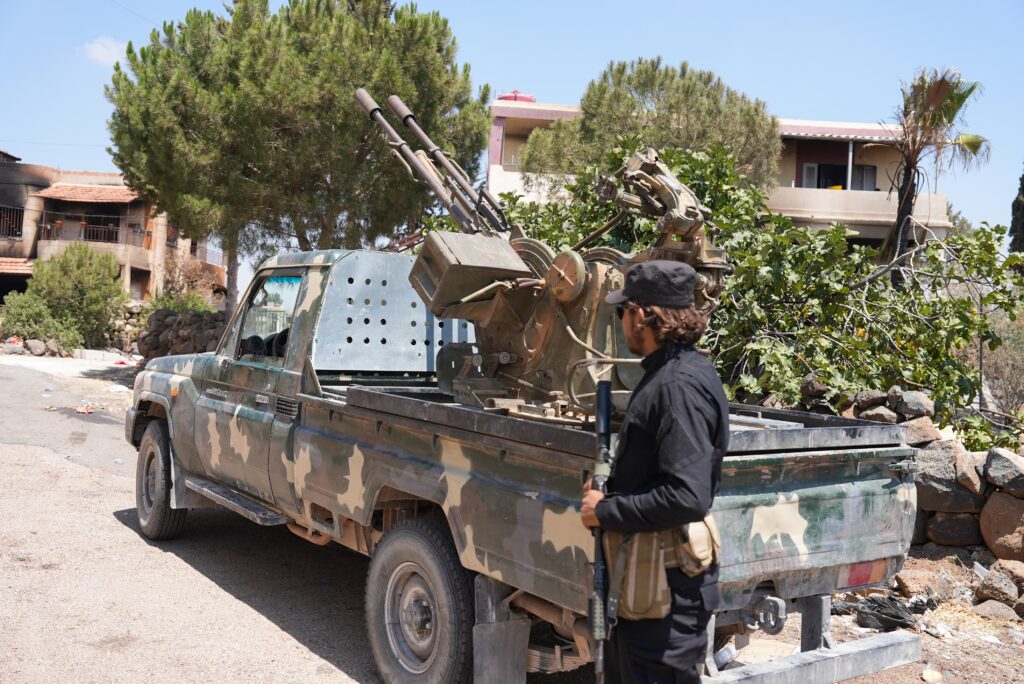
A week-long outbreak of violence in southern Syria in mid-July exposed the fault lines and shifting regional and global alignments shaping Syria’s post-Assad future – and the challenges these pose to Israel’s strategic goals. As many as 1,400 people, and perhaps more, were killed in the Sweida province after clashes erupted between Bedouin tribes, Druze militias, and Syrian government forces. Israel intervened with strikes on Syrian assets and on anti-Druze militants. Nevertheless, following the bloodshed, Israeli and Syrian officials held their highest-level talks in more than 25 years, mediated by US envoy Tom Barrack.
The fighting began in the second week of July when Bedouin gunmen attacked a Druze driver on the highway between Damascus and Sweida, stealing his pick-up truck and cargo of vegetables and, according to some reports, leaving him severely beaten and bleeding to death. In response, Druze fighters tracked down the Bedouins involved and brought them back to Sweida – or, according to another version, took Bedouin hostages at random. Regardless of the details, this local incident rapidly spiralled into open inter-communal conflict between local Druze factions and Bedouin tribesmen, as the latter attacked Druze villages east of Sweida.
By July 13, convoys of Bedouin tribesmen and forces belonging to Hayat- al Tahrir al Sham and other jihadi groups joined the fray, with the firefights intensifying into broader confrontations and multiple reports of atrocities and massacres. The Syrian regime dispatched forces from the Defence and Interior Ministries, supposedly in an effort to restore order – apparently mistakenly believing that Israel had tacitly agreed to such a deployment. But these moves contradicted an agreement reached in early May after previous clashes under which government forces were supposed to police the routes to the Sweida region, but not deploy within it.
The Syrian regime forces may have been intended to help quell the unrest, but their deployment only intensified the violence. Fighting quickly erupted between government troops, Druze militias and rival armed groups. Within days, the death toll climbed into the hundreds.
Graphic footage of violence spread rapidly across social media. Sheikh Muwaffaq Tarif, the spiritual leader of Israel’s Druze community, called on Druze citizens to “prepare by any means necessary to cross the border and assist our brothers being slaughtered in Syria.” Around a 1,000 Druze from Israel and the Golan Heights crossed into Syria to assist their kin, while some Syrian Druze fled into Israeli territory. All have since returned to their respective home countries.
After issuing warnings through various backchannels for regime forces to turn back, the IDF struck Syrian government tanks near some Druze villages on July 14. Two days later, after receiving no reply, Israel escalated dramatically, targeting the General Staff headquarters and the Presidential Palace in Damascus. These strikes forced regime forces to withdraw from their positions in southern Syria.
In the wake of the regime’s retreat, local factions launched reprisal attacks against Bedouin communities, prompting a broad mobilisation of tribal fighters from across Syria. Further heavy fighting ensued.
According to figures released by the UK-based Syrian Observatory for Human Rights (SOHR) on July 25, at least 1,386 people were killed in the wave of violence in Sweida province, including hundreds of civilians. Among the total dead, SOHR verified that 238 individuals – many of them civilians – were extrajudicially executed by forces from the Syrian Ministries of Defence and the Interior.
However, Israeli Druze sources said that at least 31 Druze towns and villages, home to some 30,000 people, were burned to the ground. They also say that the final casualty figures among the Syrian Druze are likely to be much higher even than the toll of the Tartous massacre of Alawite Syrians in March, when as many as 1,600 people were killed, mostly by government forces and associated militias.
The violence in Sweida was marked by extrajudicial executions, kidnapping, looting and the forced displacement of Druze families and Bedouin civilians, many of whom are now living in desperate circumstances outside the province. SOHR also denied as baseless reports that Druze militias had massacred over 200 Bedouin women and children after the Israeli strikes forced government forces to withdraw. According to the Observatory, three Bedouin civilians were confirmed killed by Druze gunmen. SOHR also reported that regime forces and members of the Turkish-backed Sultan Murad faction took part in the fighting while disguised as Bedouin tribal fighters to evade responsibility.
On July 19, US envoy Thomas Barrack announced a ceasefire agreement between Syria and Israel, backed by Turkey, Jordan and other regional actors. Interim Syrian President Ahmad al-Sharaa confirmed the deal and called on tribal fighters to stand down. Security forces began redeploying around Sweida city as tribal fighters gradually withdrew, restoring a fragile calm to the area.
Following the ceasefire, the Trump Administration moved to preserve its vision for Syria – a unified and stable regime with limited autonomy for minorities, and security agreements between Israel and Syria, leading possibly even to the normalisation of ties. On July 24, US envoy Tom Barrack announced a four-hour meeting in Paris between Israeli Minister for Strategic Affairs Ron Dermer and Syrian Foreign Minister Asaad al-Shibani. The meeting was the highest-level formal contact between Israel and Syria since former US President Bill Clinton convened talks in Shepherdstown, West Virginia, in 2000 between Israeli Prime Minister Ehud Barak and Syrian Foreign Minister Farouk al-Sharaa. However, prior to the latest incidents, there had already been several months of quiet coordination between Jerusalem and Damascus, including meetings in Azerbaijan between Israeli and Syrian security officials.
There is little clarity on what the Paris meeting achieved. The Syrian Centre for Human Rights published what it said were draft terms for a proposed agreement: regime and tribal forces would withdraw from Druze areas, Druze militias would secure local villages and civilian councils would be formed under US monitoring. Syrian state media acknowledged the talks but denied that any final agreement had been reached. Damascus accused Israel of provoking the crisis and rejected what it described as attempts to impose “new realities on the ground”.
Israel has outlined a clear set of objectives in Syria, including
- Preventing atrocities against the Druze community – seen as a moral imperative given the blood ties to the community in Israel which serves in the IDF;
- Blocking any deployment of Syrian regime forces south of Damascus;
- Countering Turkish and Qatari efforts to forge a radical Sunni-dominated regional axis including Syria;
- Preventing any renewed attempt at Iranian entrenchment in Syria – an interest Israel shares with the Sunni regime of al-Sharaa;
- Maintaining operational freedom in southern Syria to pre-empt or eliminate threats there as they arise.
Israel’s position vis-à-vis the Druze is made all the more difficult by the fact that the Syrian Druze community is anything but homogenous in its political loyalties.
Sheikh Hikmat al-Hijri, the most influential of the three spiritual leaders of Syria’s Druze, has denounced the regime’s actions in the south as a campaign of extermination. Rejecting government ceasefire deals, he has called for armed resistance and stated that there can be “no agreement or negotiation with these armed gangs falsely calling themselves a government.” He has appealed to international actors – including Israel – for protection. Al-Hijri is widely believed to maintain discreet ties with Sheikh Muwaffaq Tarif, the spiritual leader of Israel’s Druze community, in what some describe as an alliance built on shared aspirations for Druze autonomy.
Two other senior Syrian Druze clerics – Sheikh Yousef Jarbou and Sheikh Hammoud al-Hinnawi – ostensibly appear to support continued integration with the Syrian state and have endorsed negotiated arrangements with the regime to preserve stability.
However, a Druze source has explained that looking just at affiliation to the regime masks a more complex picture, saying that, at first, all the sheikhs supported autonomy within the framework of the Syrian state, but that the actions of al-Sharaa, who headed the Jabhat al-Nusra jihadi faction when it committed a massacre in the region in 2015, convinced al-Hijri that no accommodation with the state would be able to guarantee the safety of the Druze.
This source also suggested that the clerics might be more coordinated than they seem. All are concerned with the survivability of Syria’s 700,000-strong Druze minority more than anything else.
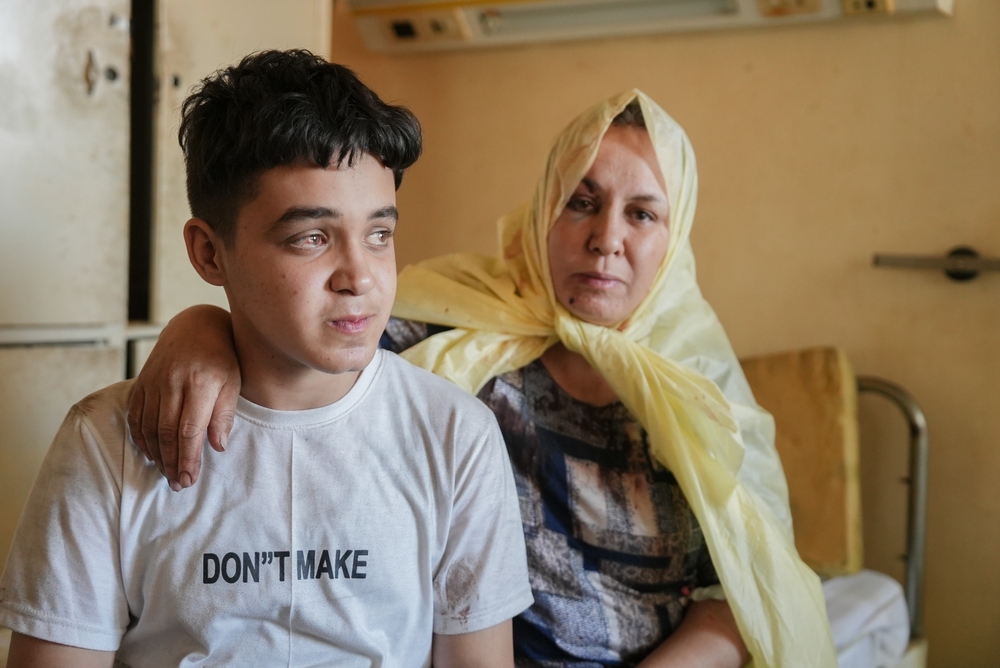
Sectarian violence in Syria: Druze civilians receiving treatment in the hospital after being evacuated by Syrian government forces, Syria July 16, 2025 (image: Shutterstock)
As the scale of the atrocities committed against the Druze becomes clearer, a possible clue as to where the Druze community might be headed in its relations with the “central government” came on July 26, when several professional and civil unions in Druze-dominated Sweida cut ties with their counterparts in Damascus. As reported by the Einab Baladi website, the rupture began with the Agricultural Engineers’ Syndicate, which declared it would no longer communicate with Damascus “until the current regime is replaced”. Other unions – including those representing teachers, pharmacists, veterinary doctors, and workers – quickly followed suit, accusing the regime of complicity in the bloodshed and of failing to provide basic services such as education and medicine. Moreover, the Sweida branch of the Syrian Bar Association submitted a collective resignation in protest of “violations committed against civilians”.
Israel’s strategy is also under pressure from Washington, where the Trump Administration has been sending mixed signals. While National Security Advisor Marco Rubio warned the regime against minority massacres, Washington’s Ambassador to Turkey, Tom Barrack, who also serves as President Trump’s special envoy to Syria, has pushed for the disarmament and reintegration of Druze and Kurdish militias into a centralised Syrian state. The US has also eased sanctions on Damascus, a move that has been met with discomfort in Jerusalem, which fears Turkey’s ambitions to use Syria to advance its own regional ambitions.
Turkey is not the only country involved in the contest to shape post-war Syria. Qatar is backing Ankara’s ambitions with its financial might, while Doha’s Gulf rival Saudi Arabia – which has little sympathy for the Druze – is also looking to influence what Israel’s northern neighbour will look like in the future. On July 24, at an investment conference in Damascus, Riyadh pledged US$6.4 billion [A$9.73 billion] for investment in Syria across a variety of sectors. While both Qatar and Saudi Arabia ostensibly support the Sharaa regime and a unified Syria, there have been tensions between the countries in the past, particularly in view of Turkey and Qatar’s Muslim Brotherhood ties.
Amid these competing interests and constraints, Israel’s challenge will be to secure its red lines.
The Sweida flare-up exposed the volatility of southern Syria – but also the complexity of Israel’s strategic landscape. How Israel navigates this terrain will shape not just its northern front, but its broader posture in the new Middle East that has developed since Hamas sparked a regional war on October 7, 2023.
RELATED ARTICLES
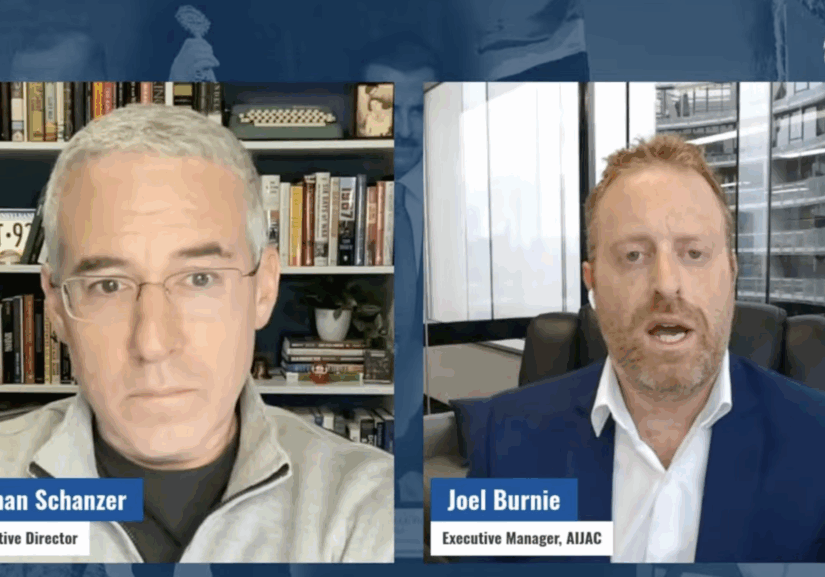
The Government’s actions still fall short: Joel Burnie on FDD Morning Brief
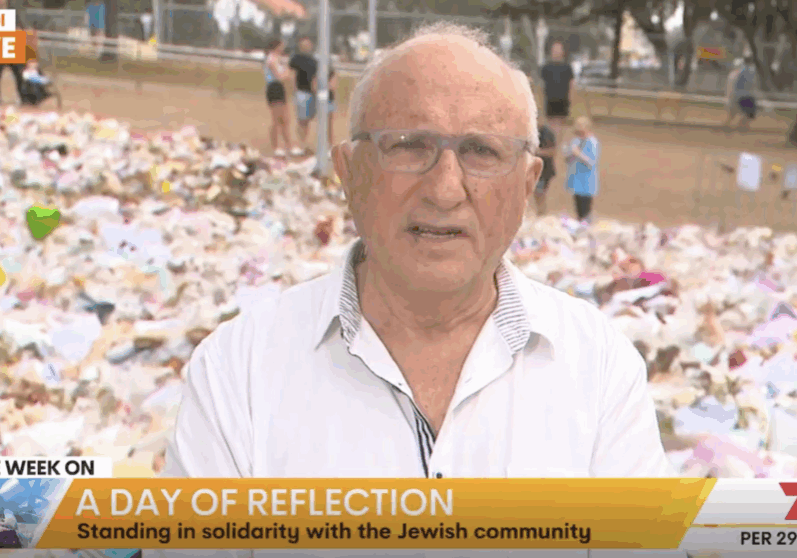
“The writing was on the wall for a number of years”: Colin Rubenstein on Channel 7 Weekend Sunrise


